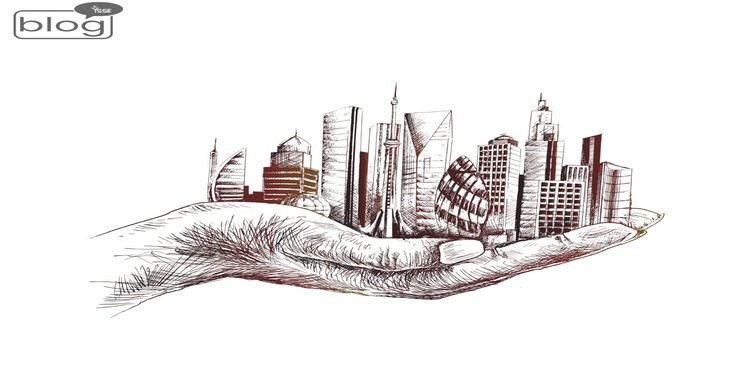In the ever-evolving world of architecture, innovation is the cornerstone of progress. From sustainable designs to cutting-edge materials, modern architects are reshaping the skyline and pushing the boundaries of what’s possible.
Let’s explore five remarkable architectural innovations that are defining the present and shaping the future.
- Green Roofs: A Breath of Fresh Air
Modern architects are increasingly incorporating green roofs into their designs, turning ordinary rooftops into lush, living ecosystems. These eco-friendly rooftops not only enhance the aesthetic appeal of buildings but also provide a range of environmental benefits. They improve air quality, reduce energy consumption by acting as natural insulation, and contribute to urban biodiversity. Green roofs seamlessly blend architecture with nature, creating sustainable and visually striking spaces.
- Responsive Architecture: Adapting to Change
Imagine a building that can adapt to its environment, responding to changing weather conditions or the needs of its occupants. Responsive architecture does just that. Dynamic facades, movable elements, and smart technologies are integrated into structures to optimize energy efficiency and enhance user experience. Whether it’s adjusting to maximize sunlight or opening and closing to regulate temperature, responsive architecture exemplifies the marriage of design and functionality.
- 3D-Printed Structures: Building Tomorrow Today
The emergence of 3D printing technology has revolutionized the construction industry. Architects are now utilizing large-scale 3D printers to create intricate and customized building components. This innovation allows for greater design freedom, reduced material waste, and accelerated construction timelines. From entire houses to complex structural elements, 3D-printed structures showcase the potential of technology to reshape how we build and inhabit spaces.
- Transparent Solar Panels: Powering the Future
Harnessing solar energy is not a new concept, but modern architects are taking it a step further with transparent solar panels. These innovative panels can be seamlessly integrated into windows and facades, turning ordinary surfaces into energy-generating sources without compromising aesthetics. This sustainable approach to energy production exemplifies the fusion of functionality and design, paving the way for buildings that not only consume energy responsibly but also generate it.
- Parametric Design: Crafting Complexity with Precision
Parametric design is a computational approach that allows architects to create intricate and complex structures with unparalleled precision. Through the use of algorithms, architects can define parameters that influence the design, resulting in structures that would be challenging to achieve using traditional methods.
From facades with intricate patterns to furniture that adapts to ergonomic needs, parametric design is pushing the boundaries of what is visually and structurally possible in architecture.
In conclusion, modern architectural innovations are not merely changing the face of our cities; they are shaping a more sustainable, efficient, and aesthetically pleasing future. Green roofs, responsive architecture, 3D-printed structures, transparent solar panels, and parametric design are at the forefront of these transformative changes.
As architects continue to explore new possibilities, our built environment becomes a canvas for innovation, where the lines between functionality and artistry blur, creating spaces that inspire and endure.
Click here to read more blogs.
Writer,
Fatema Tuz Zohora
Intern, Content Writing Department
YSSE.

